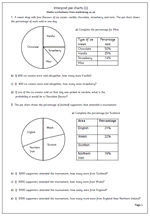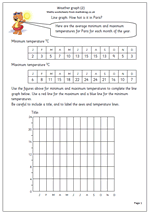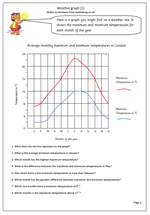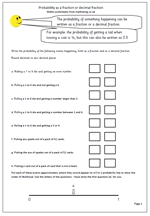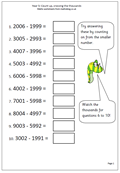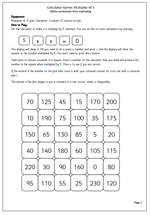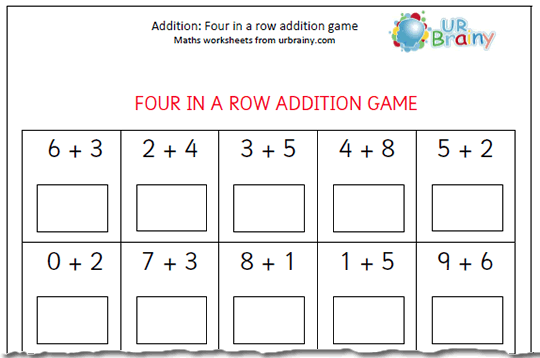 This is a game for you to play with your child which urbrainy.com has allowed us to publish. You need two coloured pens to show who has answered the questions and a calculator in the case of any disputes!
This is a game for you to play with your child which urbrainy.com has allowed us to publish. You need two coloured pens to show who has answered the questions and a calculator in the case of any disputes!
Player 1 (with the red pen) goes first and chooses a square and writes down the correct answer to the sum.
Then Player 2 has their turn.
The aim of the game is to get a run of four correct answers in a row, either across, down or diagonally.
Correct squares could be coloured if this makes it easier to see the row of 4 developing.
You can make up extra rules yourself. For example, an incorrect answer could mean the other p[layer colours the square, or it could give the other player a free go. You decide!

